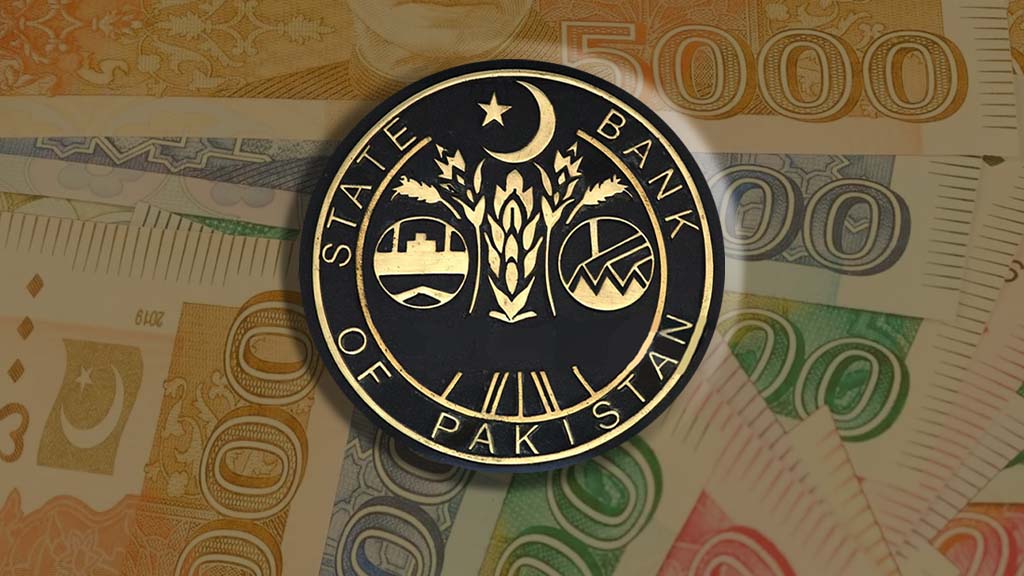Islamabad/Karachi: The upcoming meeting of the Monetary Policy Committee (MPC) of the State Bank of Pakistan (SBP) has generated a lot of attention, as analysts remain divided on whether the central bank will alter the policy rate.
Arif Habib Limited (AHL) anticipates a 50 basis point (bps) reduction in the policy rate, bringing it down to 11.5%.
Their reasoning for this expectation lies in the continued downward trend in inflation and the fact that real interest rates are still high enough to support economic recovery without jeopardizing macroeconomic stability.
Topline Securities: In contrast, analysts at Topline Securities believe the SBP will maintain the policy rate at its current level of 12%. Several factors are influencing this forecast:
The expected foreign inflows have yet to materialize and are contingent on the approval of the first IMF review before June 2025.
The IMF’s commitment to ensuring Pakistan maintains a tight monetary policy to keep inflation in check.
The ongoing risks from US tariffs, which could impact the broader economic outlook.
Reuters Poll: According to a Reuters poll, most analysts believe that the SBP will maintain its policy rate at 12% due to geopolitical uncertainties and the current inflation outlook.
S&P Global Market Intelligence: Senior economist Ahmad Mobeen from S&P Global Market Intelligence suggests that the SBP is likely to adopt a cautious “wait-and-see” approach, given the ongoing global trade uncertainties, persistent core inflation, and the anticipated IMF review.
Economic Landscape
Inflation Trends: Pakistan’s year-on-year headline inflation for April 2025 stood at just 0.3%, a decrease from the 0.7% recorded in March 2025.
This suggests a continued disinflationary trend, which may support the case for a rate cut.
Currency and Reserves: The Pakistani rupee has depreciated by 0.4%, but on the positive side, the SBP’s foreign exchange reserves increased slightly, reaching $10.21 billion by April 25.
Additionally, the current account posted a significant surplus of $1.2 billion in March 2025, reversing the deficit of $97 million in February.
Read More: Despite Fall in Discount Rate, Banks Profitability Touch New Highs
Global Developments: The price of oil has declined, hovering around $61 per barrel, which may help ease inflationary pressures domestically.
However, the risk of US tariffs continues to be a significant concern that could influence the SBP’s decision.
Given these mixed signals—positive developments such as the current account surplus, lower inflation, and a slight increase in foreign exchange reserves, alongside global uncertainties like US tariffs and IMF requirements—the SBP is likely facing a tough decision.
Also Read: SBP Set to Unveil Crucial FY25 Monetary Policy Next Week
The central bank may opt for a cautious stance, either by maintaining the current policy rate or making a gradual reduction, depending on how global and domestic factors evolve in the coming months.









